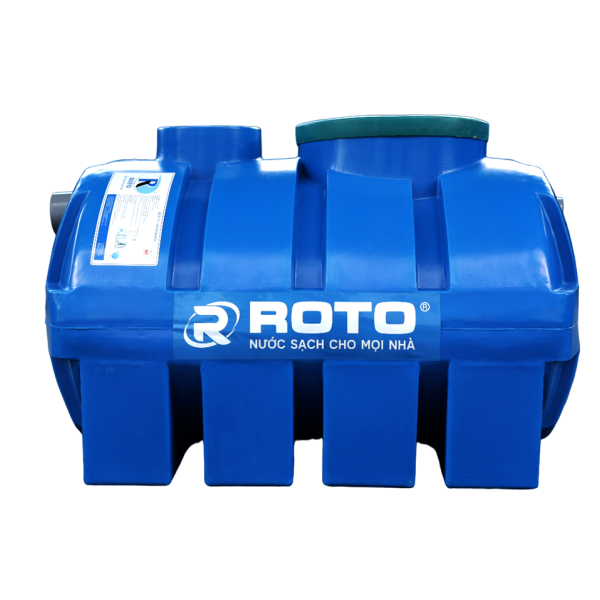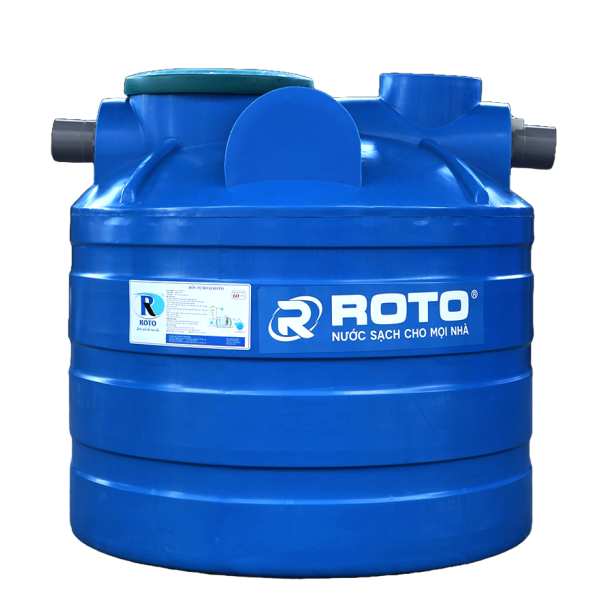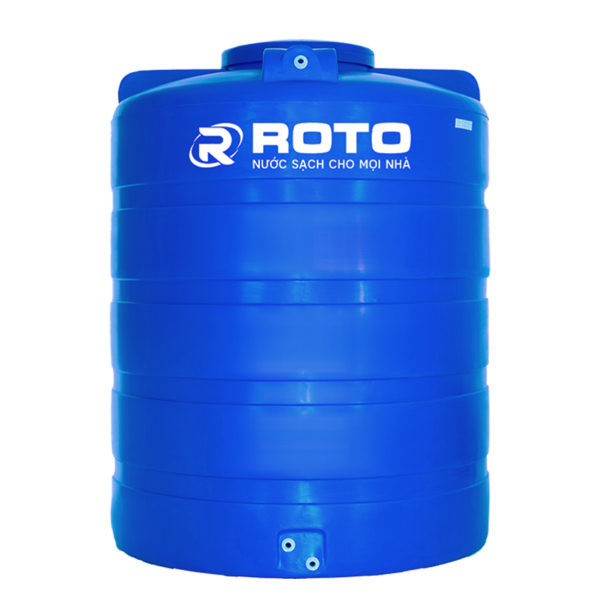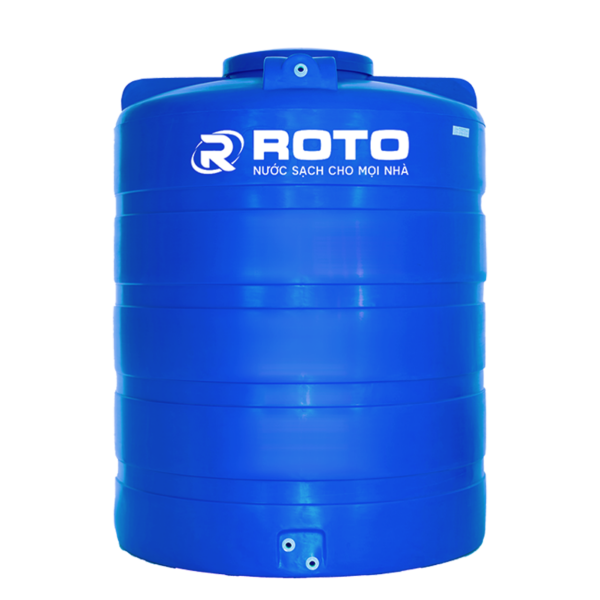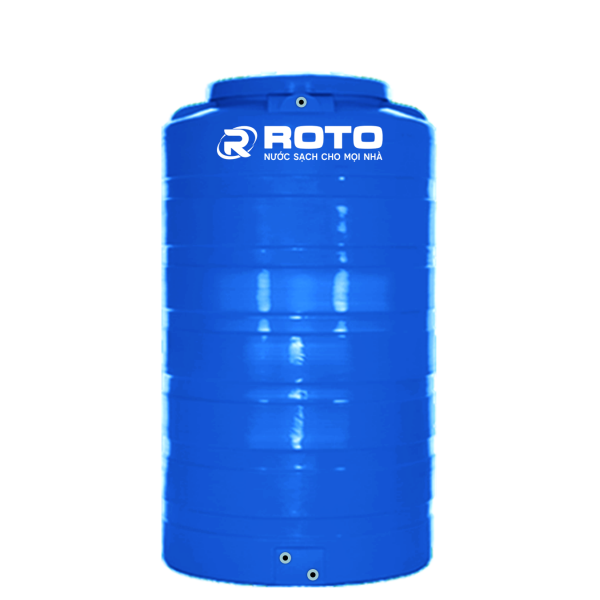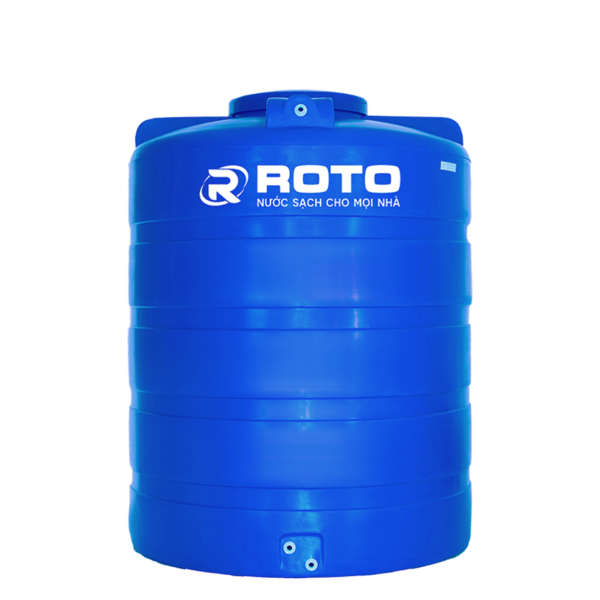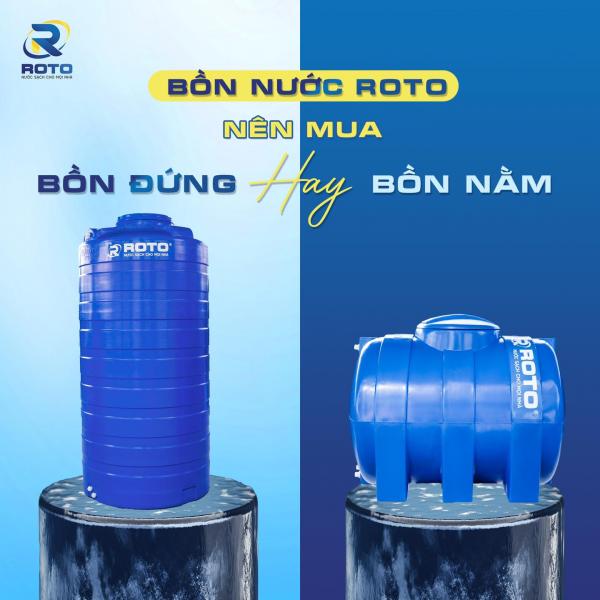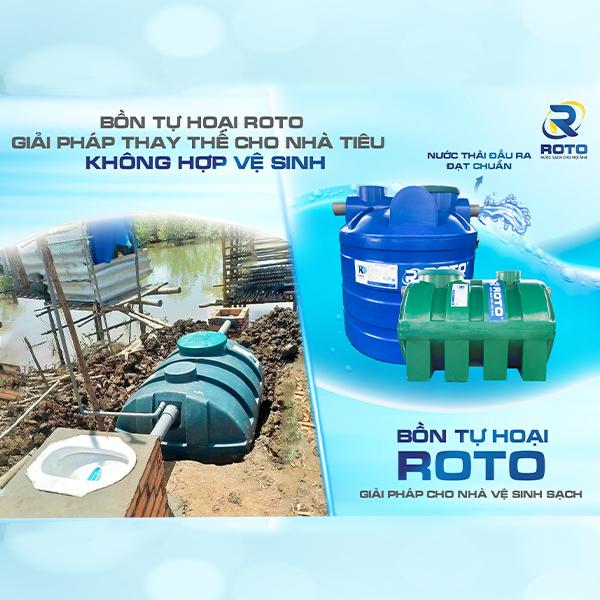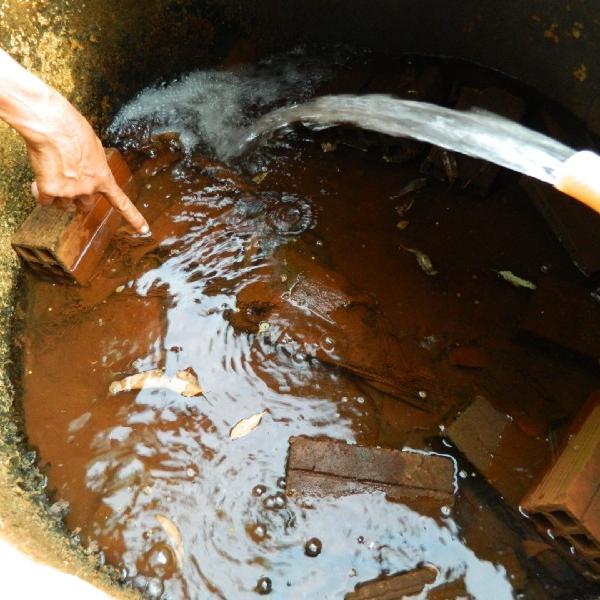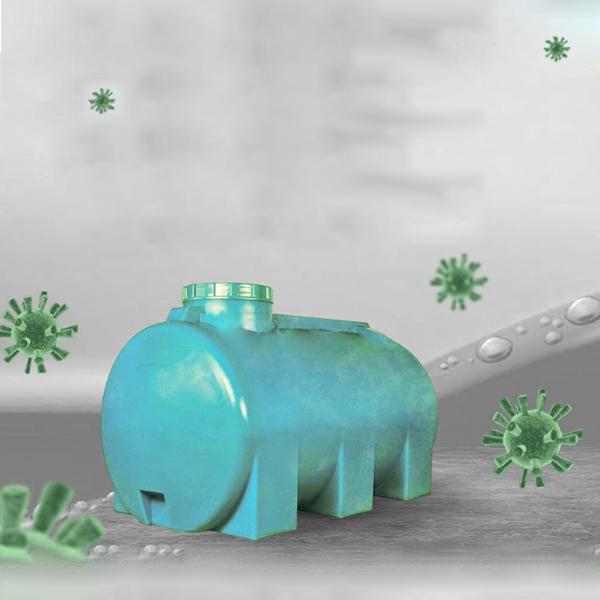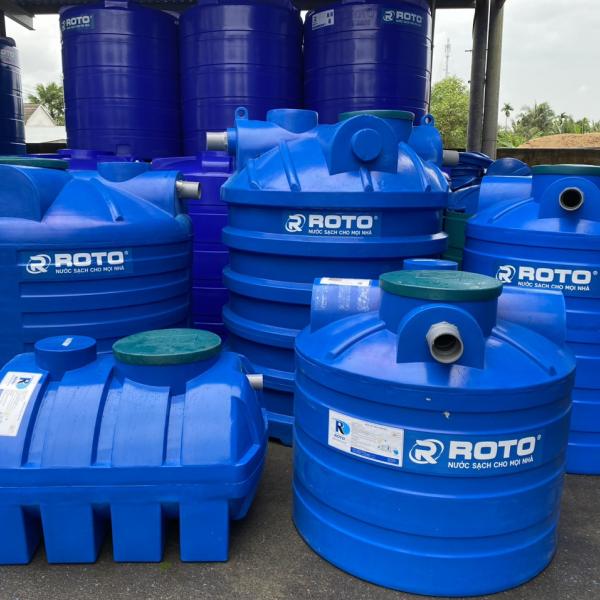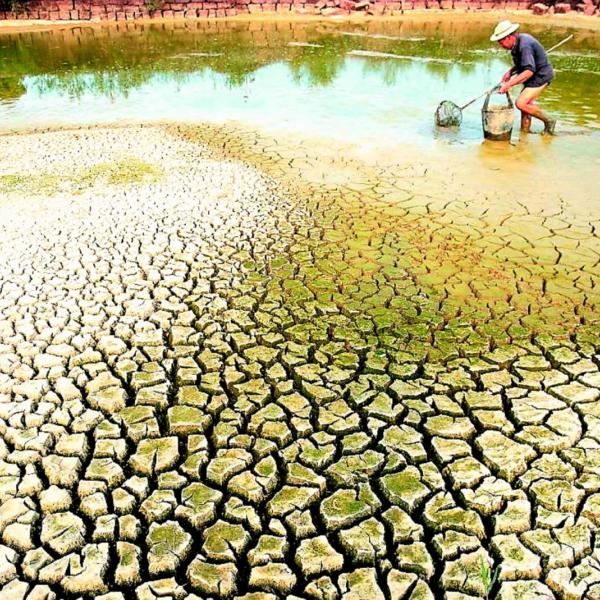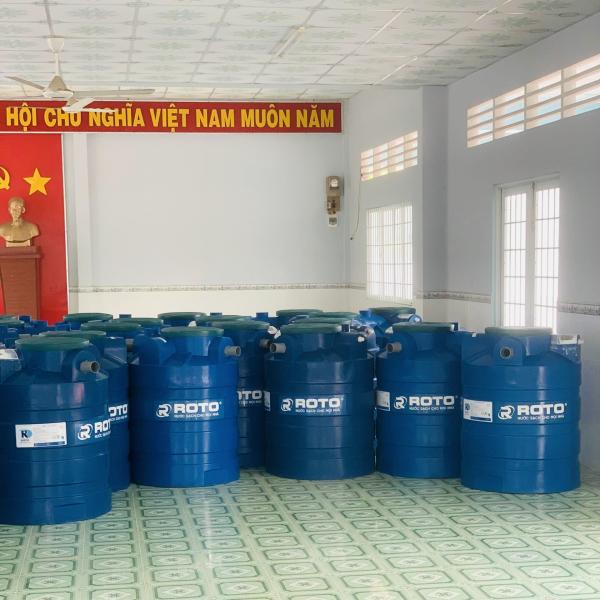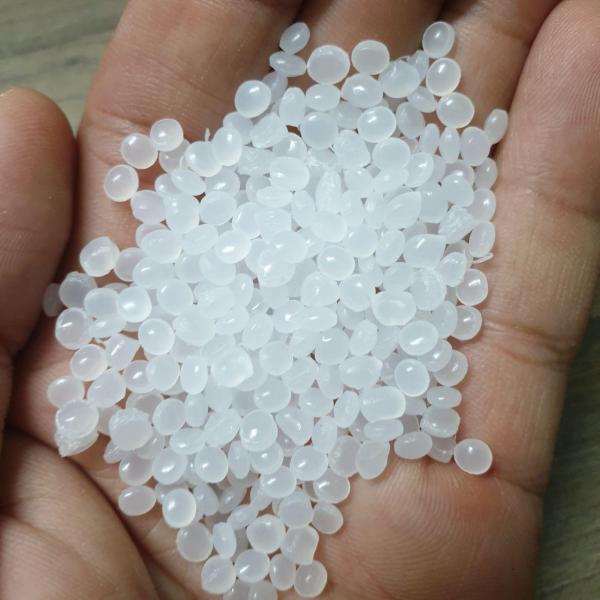In recent years, water pollution has emerged as the biggest economic threat to Vietnam. Despite being a country with a dense river system with a total annual surface water flow of up to 830-840 billion m3, according to the Ministry of Natural Resources and Environments assessment, our countrys water resources are only at a low level. on average in the world (total amount of water from abroad flowing into Vietnam accounts for about 63%).
Water pollution in urban areas
The water environment in many urban areas, industrial zones and craft villages is increasingly polluted by wastewater, emissions and solid waste. In big cities, hundreds of industrial production facilities are polluting the water environment due to the lack of waste treatment facilities and facilities.
Water pollution due to industrial production is very heavy. For example, in the textile industry, the pulp and paper industry, wastewater usually has an average pH of 9-11; biochemical oxygen demand index (BOD), chemical oxygen demand (COD) can be up to 700mg/1 and 2,500mg/1; suspended solids... much higher than the allowable limit. The wastewater content of these industries contains cyanide (CN-) exceeding 84 times, H2S 4.2 times, NH3 content exceeding 84 times the allowable standard, thus causing heavy pollution to surface water sources in the region. residential.
The level of water pollution in industrial parks, export processing zones and industrial clusters is very large. At Tham Luong industrial cluster, Ho Chi Minh City, the water source is contaminated by industrial wastewater with an estimated total amount of 500,000 m3/day from paper, powder, washing, dyeing, textile factories.
In Thai Nguyen city, industrial wastewater is discharged from establishments producing paper, iron and steel, non-ferrous metallurgy, coal mining; in the dry season, the total amount of wastewater in Thai Nguyen city accounts for about 15% of the Cau Rivers flow; Wastewater from paper production has a pH of 8.4-9 and an NH4 content of 4mg/1, high organic matter content, brown wastewater, unpleasant odor...
Some villages of iron and steel, copper casting, aluminum, lead, paper, textile and dyeing in Bac Ninh show that there is a waste water volume of thousands of m3/day without treatment, polluting water sources and the environment in the area.
Currently, river basins are receiving waste from sources: domestic, industrial, agricultural, craft villages, healthcare and solid waste. In the total amount of wastewater generated in the basins, domestic wastewater and industrial wastewater still account for the largest proportion. The "hot spots" of water pollution can be listed as: Nhue - Day river basin, inner rivers of Hanoi and Ho Chi Minh City. Ho Chi Minh City, Ngu Huyen Khe River (Bac Ninh), upstream area of Ma River.
Water pollution in rural areas
Regarding water pollution in rural areas and agricultural production areas, currently, Vietnam has nearly 76% of the population living in rural areas where infrastructure is still backward, most of human waste Untreated humans and livestock should seep into the ground or be washed away, leading to higher organic and microbial contamination of water.
According to the report of the Ministry of Agriculture and Rural Development, the average number of Feca coliform bacteria varies from 1,500-3,500MNP/100ml in the Tien and Hau riverside areas, increasing to 3800-12,500MNP/100ML in the other areas. irrigation channel. In agricultural production, due to the abuse of pesticides, water sources in rivers, lakes, canals and ditches are polluted, greatly affecting the water environment and peoples health.
According to statistics of the Ministry of Fisheries, the total water surface area used for aquaculture by 2001 of the whole country was 751,999 ha. Due to the massive aquaculture, lack of planning, not following the technical process, it has caused many negative impacts on the water environment.
Along with the excessive and improper use of chemicals in aquaculture, the residual food settles on the bottom of ponds, lakes, and river beds, making the water environment polluted with organic substances, causing the growth of aquatic organisms. some species of organisms cause diseases and some toxic algae appear; There have even been signs of red tide in some coastal areas of Vietnam.
Handling "hot spots" of water pollution
In addition, the cases of serious pollution of water sources detected and handled by the authorities in the past time have also contributed to the problem of "hot" water pollution than ever before.
The monitoring report of the Science, Technology and Environment Committee of the National Assembly also said that the percentage of industrial parks with centralized wastewater treatment systems in some localities is very low, in some places reaching only 15 – 20% (such as Ba Ria - Vung Tau province, Vinh Phuc province ...). Some industrial parks have built a centralized wastewater treatment system but hardly operate it to reduce costs. Along the Dong Nai river basin, there are 56 industrial parks and export processing zones in operation, but only 21 zones have centralized wastewater treatment systems. The remaining areas are discharged directly into the water source, adversely affecting the water quality of the receiving sources.
Meanwhile, statistics from the Vietnam Craft Villages Association show that the country currently has 2,790 craft villages (including 240 traditional craft villages) with about 11 million workers, focusing on developing the river delta. Hong, North Central, North West and Mekong River Delta. Activities that pollute the ecological environment in craft villages not only directly affect the lives, activities and health of the villagers, but also the people living in the vicinity. causing drastic reactions of this population, giving rise to severe social conflicts.
According to the report of the General Department of Environment, Vietnam currently has 13,500 medical facilities generating 125,000 m3 of medical wastewater every day; 787 urban areas with 3,000,000 m3 of wastewater day/night but most of it is untreated.
According to the General Department of Environment, water pollution in the above river basins is mainly organic and nutrient pollution. Most of the monitoring points recorded no signs of metal pollution and plant protection chemicals.
Faced with the above situation, Deputy Minister of Natural Resources and Environment Vo Tuan Nhan proposed the Vietnam Environment Administration to focus on developing regulations on criteria for assessing establishments with high risk of environmental pollution (uniformly applying around the country).
In addition, in the coming time, the General Department of Environment needs to enhance the efficiency and replicate the model of a monitoring team with a combination of state management agencies, businesses, local authorities and the population to help strengthen effective, public and continuous monitoring of the implementation of environmental protection contents of the establishment.
The representative of the Ministry of Natural Resources and Environment also requested the General Department of Environment to organize a working delegation with a number of central provinces on environmental pollution issues at fishing ports and outstanding environmental issues. to collect information, assess the current status and propose solutions.
On the side of the Vietnam Environment Administration, Deputy Director General Hoang Van Thuc also affirmed that in the coming time, this unit will focus on performing well environmental monitoring activities for large facilities and projects. high risk of causing environmental pollution, ensuring safe operation of projects on the environment.

Accordingly, in 2022, this General Department will carry out supervision according to the approved plan to completely deal with some environmental hot spots; expected 2 times/year (excluding other unexpected monitoring sessions when necessary under the direction of competent authorities).
The General Department of Environment will also study solutions and plans to collect and treat domestic wastewater for scattered residential areas; strengthen the organization of inspection and examination of the observance of the law on environmental protection and water resources in craft villages and production facilities that discharge waste into rivers; strictly control industrial wastewater from industrial parks and production facilities with large discharge volumes.


